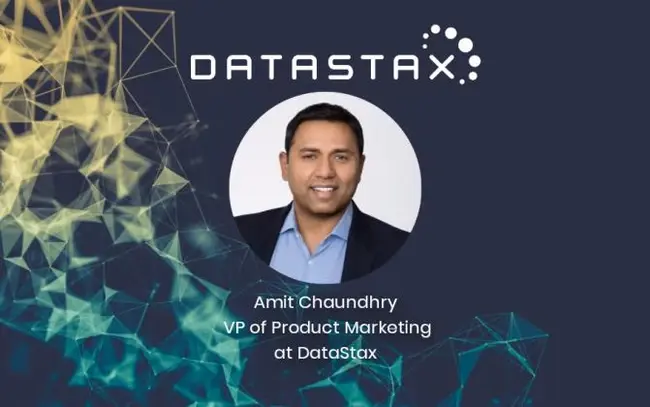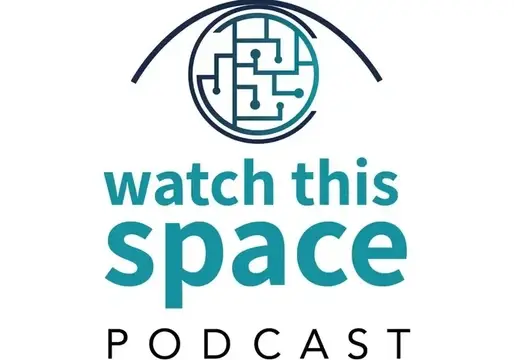
This opinion piece is written by Amit Chaudhry, VP of Product Marketing at DataStax.
According to Forbes, hybrid cloud adoption among organizations tripled in the last year, from 19% to 57%, and by the end of this year 80% of all IT budgets will be committed to cloud solutions. While it may seem like hybrid cloud is now as standard as smartphones (which, by the way, are fast just being called “phones”), we've actually come a long way just in the last couple of years.
There's good reason why. As technology has leaped forward and customer expectations for always-on, always-updated applications have become the norm, enterprises have had to bridge the gap between legacy data applications and cloud-based applications in order to keep pace. Hybrid cloud -- combinations of on-premise, public, private clouds, and hosted clouds -- have naturally become the best way to bridge that gap and empower enterprises to deliver the type of customer experiences needed to compete while still leveraging investments in legacy systems.
Technology has moved so rapidly that even adoption patterns have been radically changed. For example, serverless cloud technology seems to be bypassing the typical adoption pattern by jumping the chasm due to its utilitarian nature—being adopted much faster than would normally be expected, because it creates both immediate benefit for developers and is slated to be the “norm” of the future.
The original vision for the cloud, just a few years ago, was that everything would move to the cloud. This has not proven to be practical nor wise, as enterprises have invested heavily in customized on-prem solutions and the cost of moving that data to the cloud is infeasible for most.
Hybrid cloud is the solution, but it has come so fast that many organizations are finding that it is heavily impacting their data strategy - in ways they may not have anticipated. Hybrid cloud deployments provide enterprises with flexibility, global accessibility, and the capacity for rapid application development -- but they also create data silos, in which cloud system data becomes isolated.
“It's no secret that the cloud is changing the data requirement for enterprises. 451 Research indicates that data workloads are moving to the cloud at a fast pace, with 61% of organizations saying that by 2020* cloud will be the primary environment for data platforms and services, compared with 40% this year,” says James Curtis, Senior Analyst, Data Platforms & Analytics, 451 Research. “As such, enterprises will require database offerings that are able to accommodate multi-cloud, hybrid environments.”
The foreseeable future of cloud is hybrid cloud and businesses need to address their data needs now to prepare for it.
Many businesses are turning to an enterprise data layer as their data solution. This data layer, also known as an operational data store, is a highly distributed, always available data store that supports master and operational data to provide real-time data availability and functionality. An enterprise data layer makes legacy data hybrid capable, reduces data silos, and facilitates rapid app development by bringing together legacy and new (cloud) data.
In enterprises that rely on shared data, an enterprise data layer makes it easier to solve complex problems across diverse groups while reducing data silos by creating a way to serve data sets that span applications.
Database vendors are fast innovating to help businesses navigate their hybrid cloud journey. Solutions like DataStax's DSE 6.7, which is a modern database that delivers and powers an enterprise data layer, is changing the way data operates by offering an active everywhere distributed cloud database built for hybrid cloud on open-source Apache Cassandra™. Solutions like this enable enterprises to have exceptional cloud deployment flexibility, make cloud data management easier and make developing cloud applications faster than ever before.
While we cannot predict what the future of hybrid cloud will look like, we do know that an enterprise data layer gives companies the assurance that they can meet the customer demands of real-time personalization today while ensuring that their data will be useable and accessible wherever it resides in the future.
Liked this article? Check out our most recent Top 10.















Comments ( 0 )